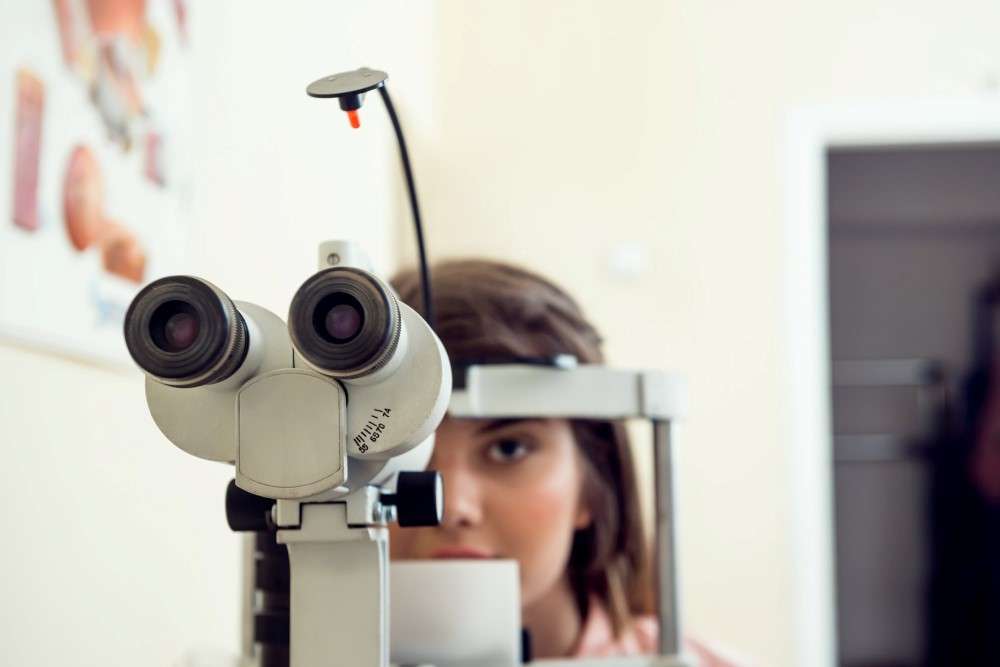Ensuring the health of your eyes is crucial, and when preparing for an eye exam for glasses in the scenic locale of Miami Lakes, having a clear understanding of the process can enhance your overall experience.
An eye exam is a vital health assessment that goes beyond just vision correction. It involves a detailed evaluation of ocular health, assessing vision sharpness, and identifying potential eye conditions. Starting with a patient’s medical history, the exam progresses through visual acuity tests, a refraction assessment to determine prescriptions, and a thorough examination of eye health. Evaluating eye coordination and discussing findings with the patient completes the process.
These exams are essential for detecting issues like cataracts, glaucoma, or refractive errors early on, ensuring proper eye care and maintaining optimal vision for a healthy and vibrant life. This detailed guide aims to provide valuable insights into what awaits you during your eye exam Miami Lakes guiding you through each step from your arrival at the optometrist’s office to the final prescription for your glasses.
1. Friendly Welcome and Initial Information:
Upon entering the optometrist’s office, expect a warm reception from the staff. Initial paperwork may include providing your medical history, current medications, and any specific eye-related concerns you wish to address. This information serves as a foundation for tailoring the exam to your unique needs.
2. Visual Acuity Test:
Commencing the exam, you’ll undergo a visual acuity test where you read letters or symbols from a chart at varying distances. This test establishes a baseline for subsequent evaluations.
3. Refraction Test:
The optometrist will conduct a refraction test to determine your lens prescription. Using a phoropter with different lenses, you’ll provide feedback on which lenses offer the clearest vision.
4. Cover Test for Eye Alignment:
Assessing how well your eyes work together, the cover test involves covering one eye at a time and observing how each eye focuses and if any alignment issues are present.
5. Eye Movement and Coordination Check:
Your eye movement and coordination will be evaluated to ensure your eyes can smoothly follow a moving object and make precise adjustments. This part of the exam identifies potential issues with eye muscle control.
6. Slit Lamp Examination:
The optometrist employs a slit lamp, a specialized microscope, to examine the intricate structures of your eyes. This detailed inspection helps detect signs of conditions such as cataracts, glaucoma, or retinal problems.
7. Tonometry for Eye Pressure:
To screen for glaucoma, tonometry measures the pressure inside your eyes using a gentle-touch device. Detecting elevated eye pressure is crucial for early glaucoma detection.
8. Dilation Procedure (if required):
In certain cases, the optometrist may opt for pupil dilation using eye drops. This facilitates a more thorough examination of the retina and optic nerve, although it may temporarily increase sensitivity to light and cause slight blurriness.
9. Retinal Examination:
Using an ophthalmoscope, the optometrist examines the back of your eyes, including the retina and optic nerve. This examination aids in identifying conditions such as diabetic retinopathy and macular degeneration.
Conclusion:
Getting an eye exam from an experienced eye doctor in Miami Lakes is a thorough process designed to assess both your vision and overall eye health. Familiarizing yourself with what to expect ensures a more comfortable and informed experience during the exam. Regular eye exams are pivotal for preserving vision and detecting potential issues early on, contributing to a lifetime of clear and healthy eyesight.

As the editor of the blog, She curate insightful content that sparks curiosity and fosters learning. With a passion for storytelling and a keen eye for detail, she strive to bring diverse perspectives and engaging narratives to readers, ensuring every piece informs, inspires, and enriches.










